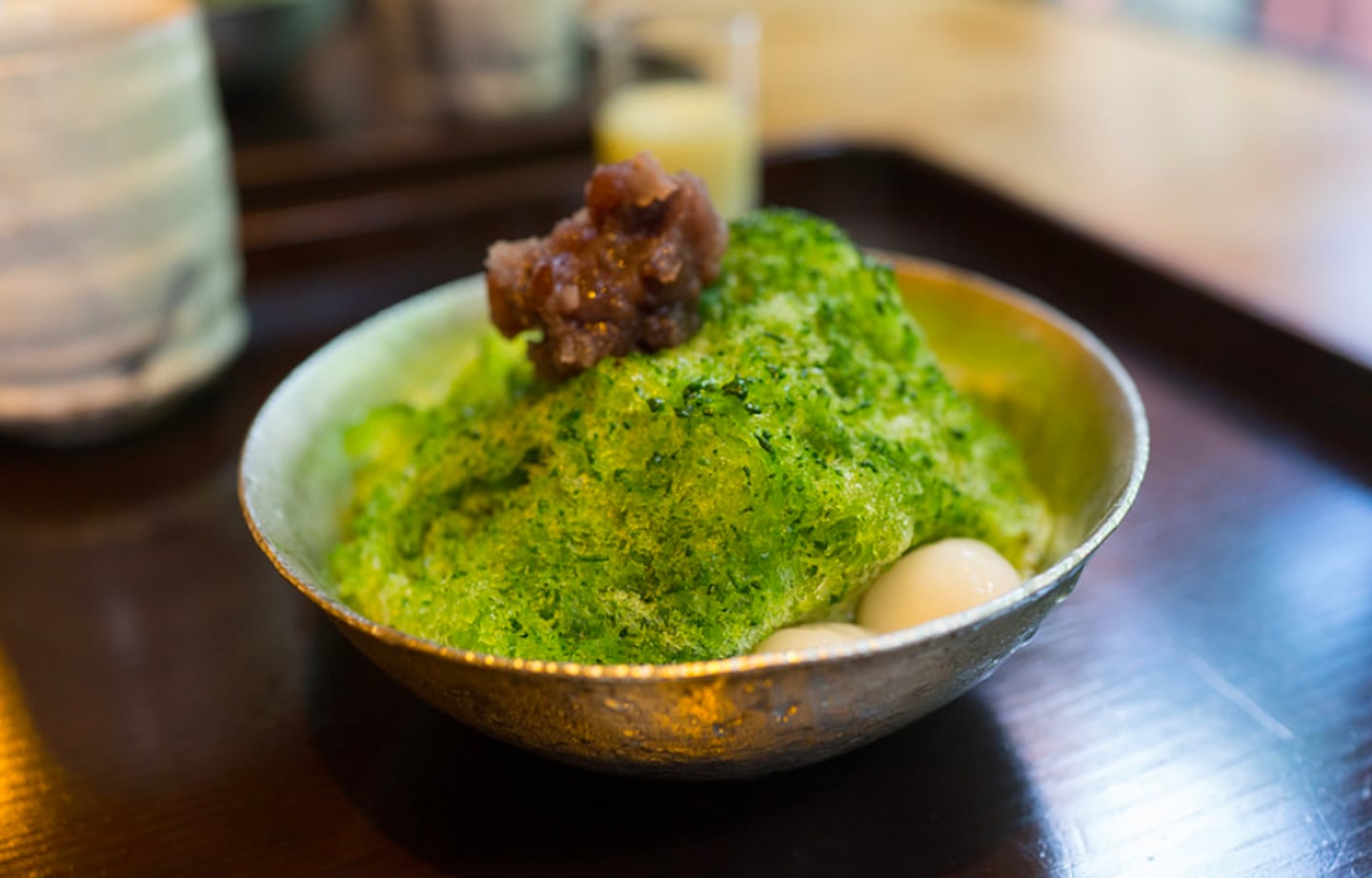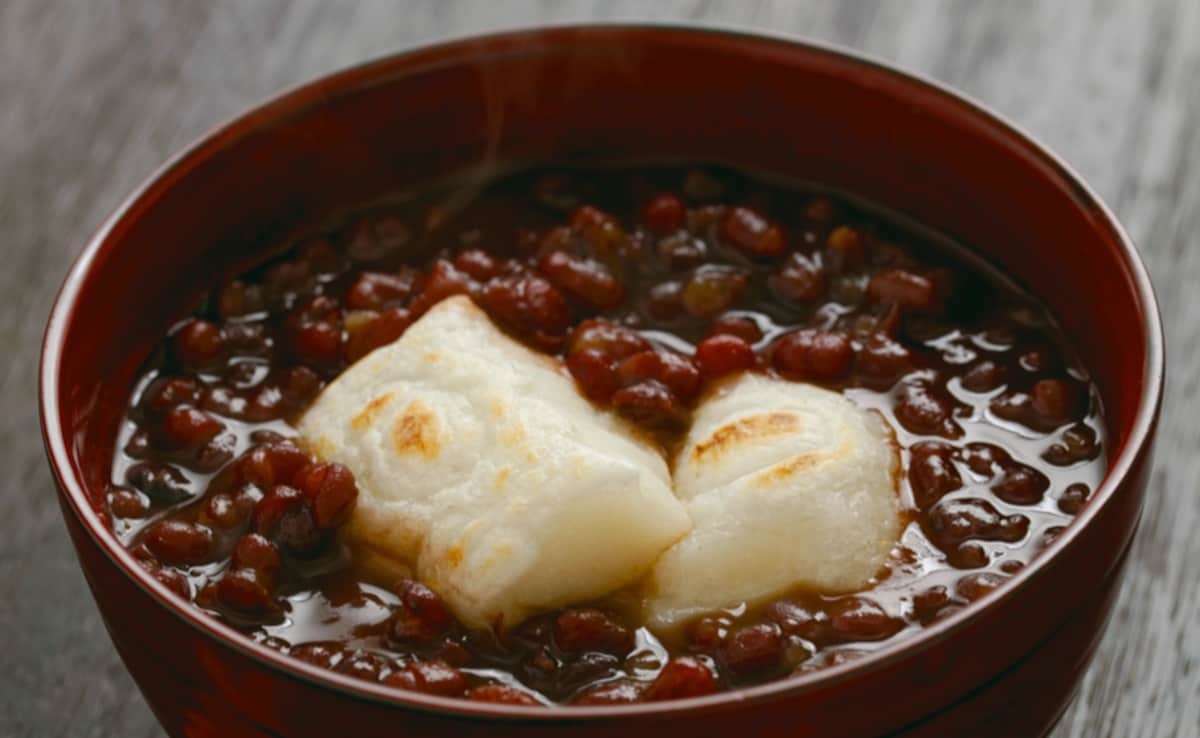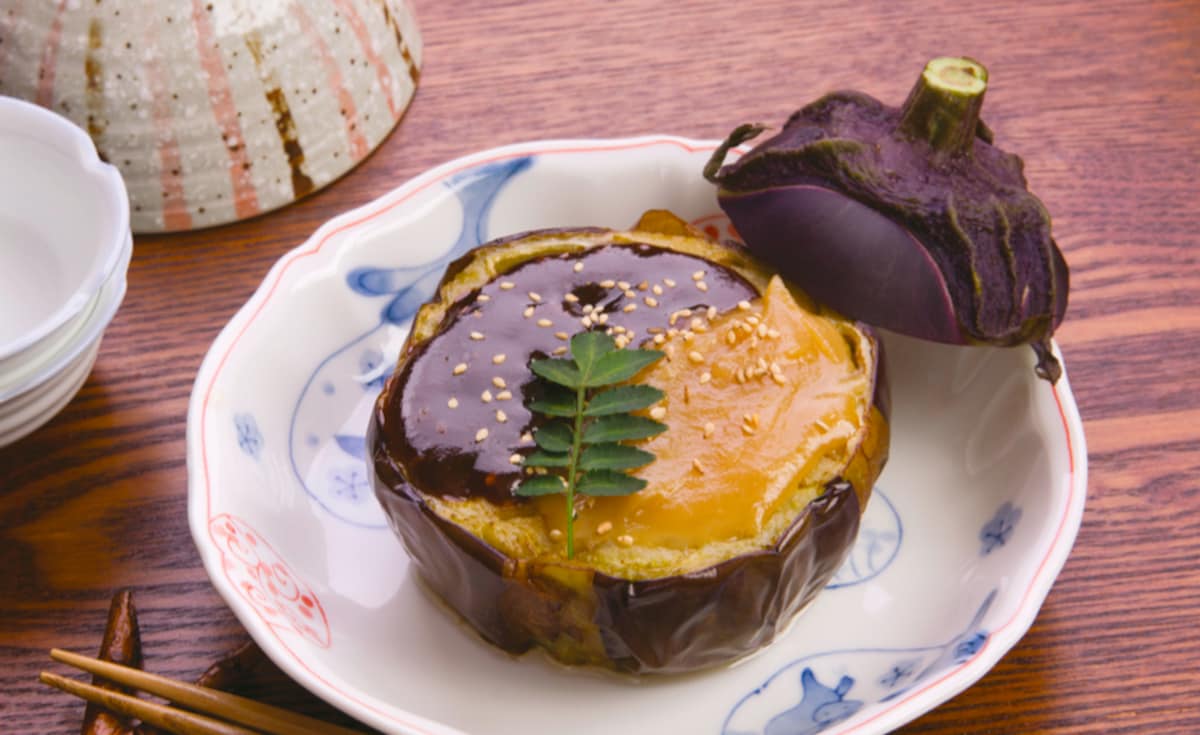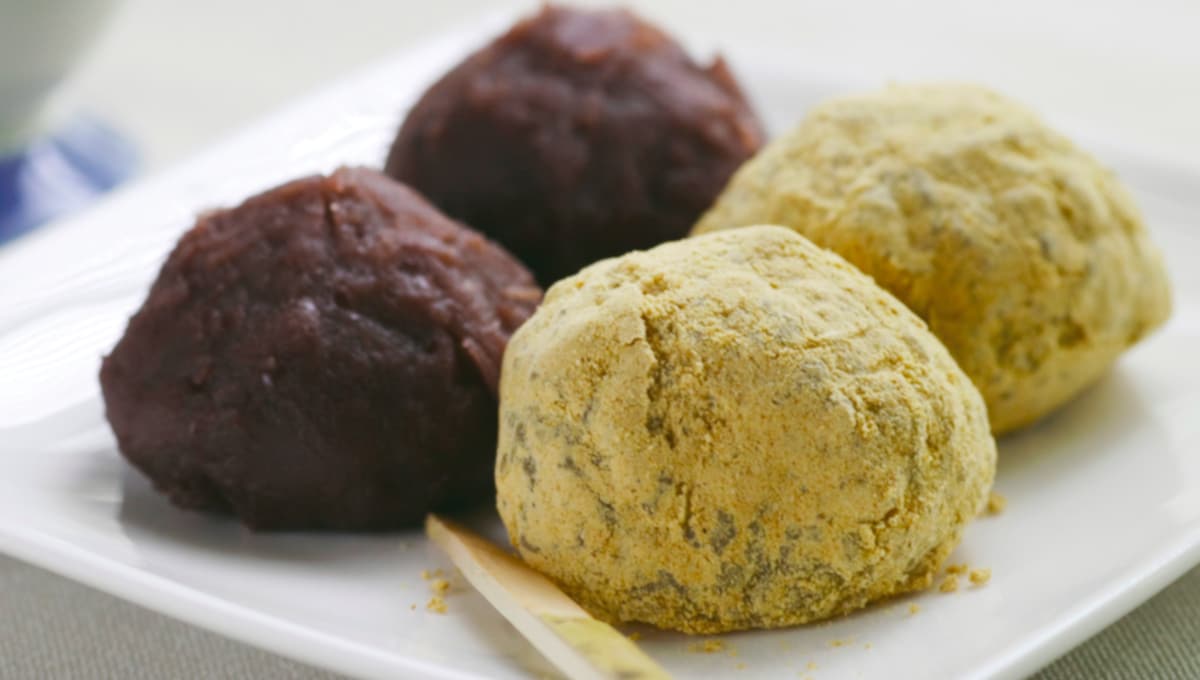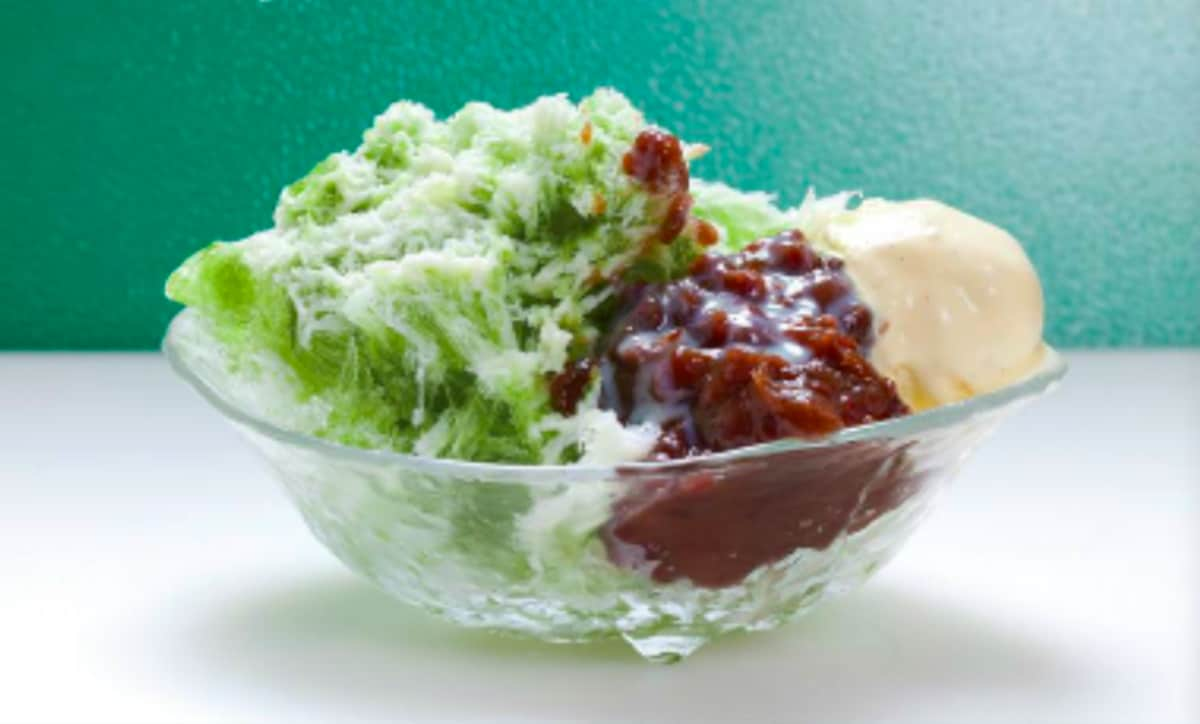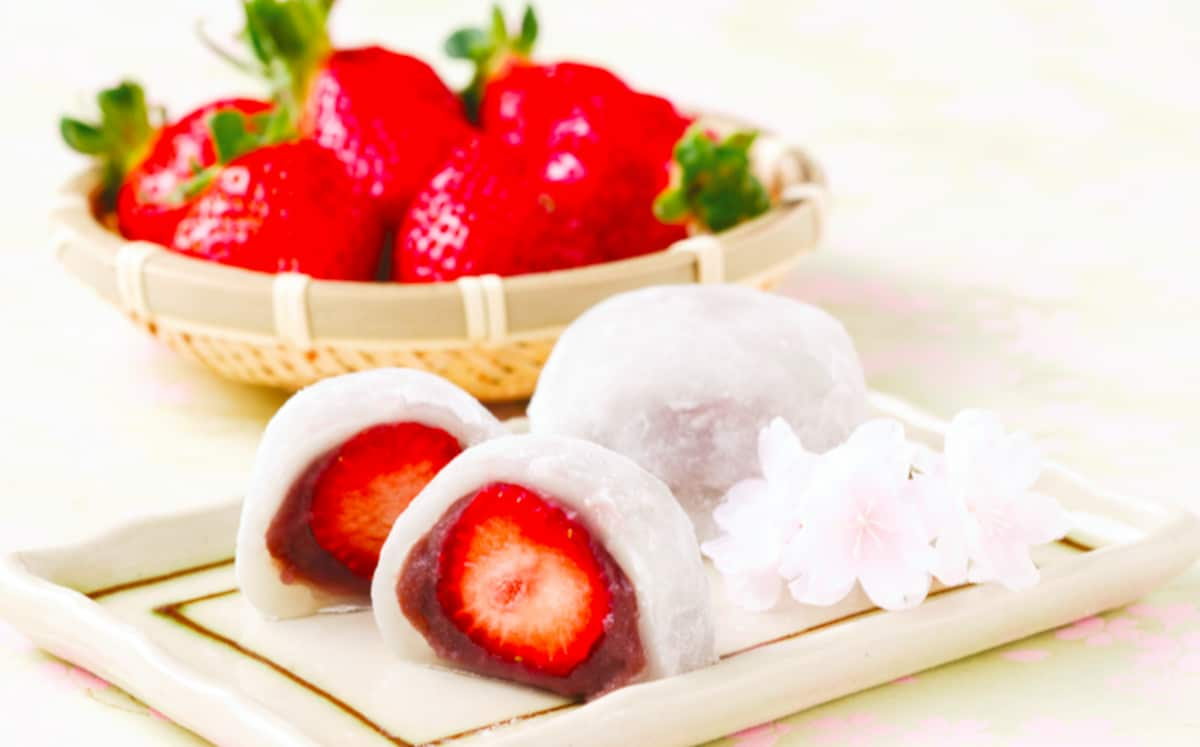5 Traditional Sweets for the Seasons
Here's a run-down of five of the tastiest-looking Japanese treats that have traditionally been enjoyed in different seasons, from hot 'zenzai' in winter to ice-cold 'ujikintoki' to beat the summer heat.
By Highlighting Japan5. Zenzai: Black Beans & Mochi
Zenzai is a a sweet dish comprised of crushed adzuki beans, often served with glutinous flour balls called shiratama, sweet chestnuts or mochi rice cake. The adzuki beans may be in the form of paste, porridge or soup, and can be enjoyed in various ways. In the city of Izumo, from whence zenzai is said to originate, there are zenzai topped with red and white glutinous rice balls, green tea zenzai and even cold zenzai for the summertime. But in the winter, one spoonful of warm adzuki beans combined with half melted sticky mochi is enough to warm up any frosty day!
4. Nasu Dengaku: Miso-Glazed Eggplant
Autumn is a great time to enjoy eggplant, and one delicious and healthy eggplant dish worth trying during this season is nasu dengaku—miso-glazed eggplant. A special miso paste gives the eggplant a creamy texture and a sweet and savory flavor. Eggplants contain potent cardioprotective compounds and antioxidants and polyphenols that help prevent cancer and have anti-aging benefits.
Making nasu dengaku is simple. Slice your eggplants in half and then sauté them in oil on both sides until browned to soften the flesh. Next, brush on the paste made of miso, sake, sugar and mirin (sweet sake) and broil the eggplant in the oven for several minutes. Adding yuzu citrus, sesame seeds or other seasonings makes this dish even tastier and more fragrant.
3. Botamochi: Black Bean Balls
Botamochi is a traditional Japanese sweet made by hand-wrapping thick adzuki bean paste around sweet rice balls. The kind of rice used will affect the taste and texture: regular botamochi uses a mixture of uruchi rice (common Japanese rice) and mochigome (glutinous rice), but you can use mochigome alone if you'd like to have an extra-sticky feel.
The name botamochi is derived from botan or peony, which blooms in spring. Fittingly, botamachi is often made in the week of the vernal equinox and enjoyed during springtime in Japan. Be sure to have a bite of this sweet delicacy while enjoying the sunshine and a view of newly blossoming flowers this spring!
2. Ujikintoki: Green Tea Ice-Cream
Ujikintoki is a cool and refreshing dessert that is usually enjoyed during the summer season in Japan. Ice shavings are topped with a combination of green tea syrup and kintoki (sweet adzuki beans), and typically eaten as a dish with a spoon. It is similar to kakigori, which is also a shaved-ice dessert served with a colorful variety of sweeter and fruitier toppings, such as lemon and strawberry sauces.
Ujikintoki was first featured in Kyoto probably because of the area's hot summers, but its popularity has spread throughout Japan, and it is better known as a dessert of traditional flavors.
1. Strawberry Daifuku
Have you ever heard of strawberry daifuku? A daifuku is a traditional Japanese confection made of mochi (glutinous rice cake) filled with anko (sweet red bean paste). Put a strawberry inside that, and you have a strawberry daifuku. The combination of the chewy, sweet daifuku and the fresh, tart berry produces a wonderfully intense flavor. These white domes are a great springtime confection that you can buy at Japanese confectioners as well as supermarkets. If you have the chance, be sure to try some.


